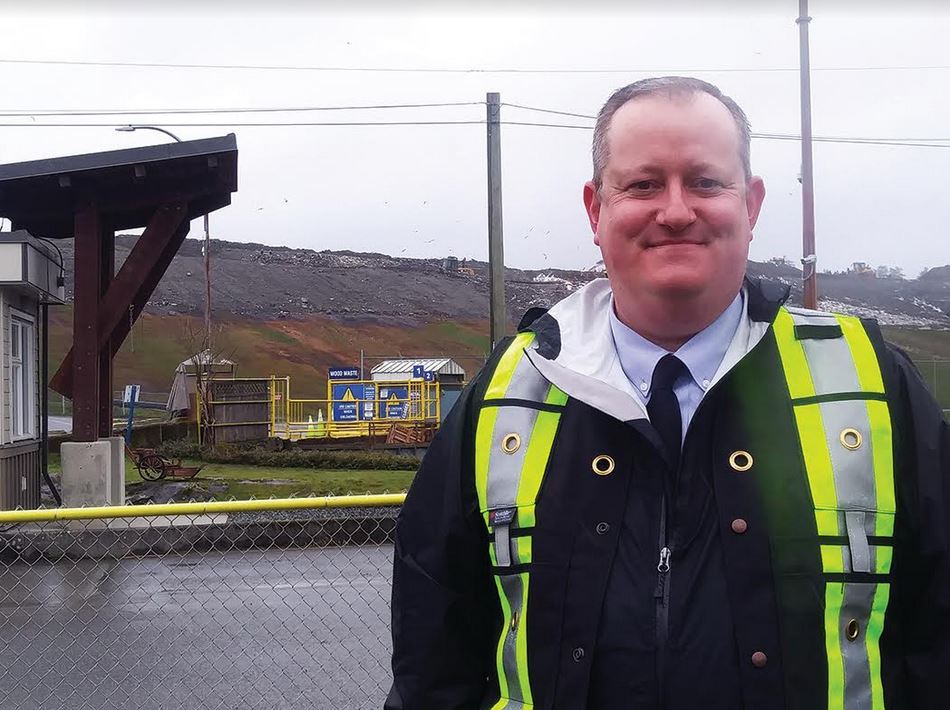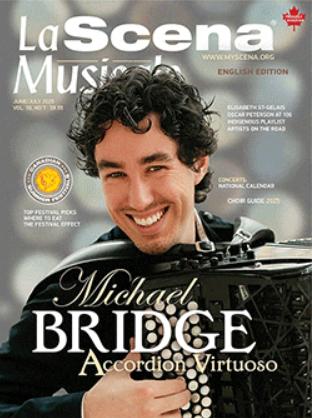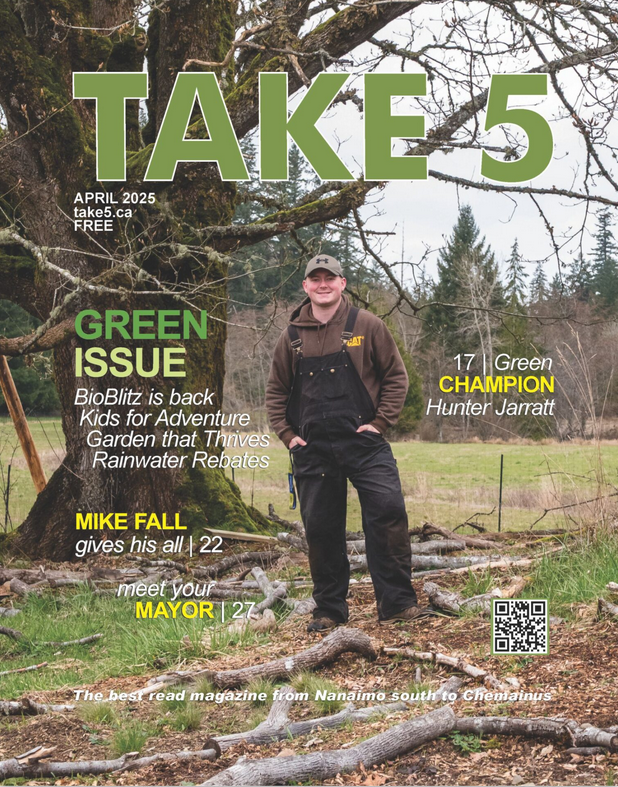A world of garbage
By Kerith Waddington for TAKE 5, April 2022

“One person’s trash is another person’s treasure.”
That old proverb, which means that what one person finds useless someone else might highly prize, has never been truer. As the world necessarily heads towards reusing and recycling, lest we drown in our own garbage, items that used to be considered “useless” are now valued, and valuable.
Plastic bottles, old metal or wooden bedframes, banana peels and potato skins, ripped couches and broken electronics — almost anything ever made contains potential, even after the original purpose for which it was built or grown has passed. And thanks to exceptional efforts by both the Regional District of Nanaimo (RDN) and the Cowichan Valley Regional District (CVRD), with their multiple drop-off depots and curbside three-stream collection program, consumers have multiple opportunities to reduce waste and keep the environment clean.
Numbers coming from the RDN are impressive.
To start with, the RDN boasts a diversion rate of 68+ per cent, making the RDN a world leader in waste diversion. In fact, the success of the regional food waste and recycling programs, first introduced in 2009, has extended the operational life of the Regional Landfill by several decades: once slated for closure by 2016, it is now expected to remain operational until the early 2040s.
It gets better.
Ben Routledge, manager of Solid Waste Services for the RDN, expects two new bylaws, currently waiting for ministerial approval, to be passed later this year that will help the District reach its 2029/30 goal of 90 per cent waste diversion. Those bylaws include “mandatory waste source separation” (meaning businesses and multi-family dwellings will be compelled to use the three-bin system: garbage, compost and recycling) and “waste hauler licensing” (which supports commercial waste haulers by reducing their tipping fees, provided their loads contain less than 20 per cent recyclable and banned materials). For more information, visit: www.getinvolved.rdn.ca/solid-waste-bylaws.
Routledge says the end-goal of all these efforts is a “circular economy.”
“Society’s anthropogenic approach to waste and the natural environment needs to change, and through the adoption of eco-centric approaches that focus on reducing the economic and societal reliance on natural resource extraction, we can begin to eliminate waste as we know it,” he says. “If everything we threw out was able to be repurposed, reused and remanufactured, waste would be a thing of the past. The steps we take now help to realize that goal.”
So, just what exactly happens to items that come to the Cedar Road Landfill (and its sister operation, the Church Road Transfer Station)?
The RDN receives approximately 13,000 tonnes of recyclable materials annually, 7,000 tonnes of which are yard and food waste. That yard and food waste gets sent to Convertus at Duke Point, which in turn transforms it into compost, which is then sold here on the Island. New technology is currently being installed at the facility to increase capacity and reduce odours.
Metal waste arriving at the RDN landfill goes to ABC Recycling at Duke Point, where it is sorted into various material types, then sold to metal recycling markets for reuse and remanufacturing.
Mattresses are collected at both the Regional Landfill and the Church Road Transfer Station before going to Port Alberni, where they are disassembled into their various components and sold to various recycling markets.
Cardboard and paper go to Cascades Recovery, a Canadian company that produces, converts and markets packaging and tissue products composed mainly of recycled fibres. Plastics collected at the facility also go to Cascades, where, after processing, the material is repurposed into new goods.
Regionally, the recyclable plastics collected curbside go to Merlin Plastics in Vancouver. Merlin Plastics is a recycler and processor of post-consumer and post-industrial plastic container packaging. They also work with brand owners, retailers and industry associations to improve packaging design for recyclability and develop alternatives for ongoing sustainable solutions.
Wood that arrives at the landfill is used to help support onsite operations. Ground-up wood is used in the building of roads and other earthworks at the facility, as a daily cover to prevent animals from accessing the waste materials and to stabilize the landfill tipping areas when the ground becomes wet from precipitation.
Propane tanks, TVs, fridges and freezers are also recycled at the Cedar Road Landfill.
Incredibly, even the solid waste — described as non-recyclable, non-hazardous municipal waste — has a purpose at the RDN Landfill! The on-site gas collection system collects and directs the gas produced by the decomposing waste to either an on-site flare station (where the harmful gases are burned, thereby reducing greenhouse gas emissions and improving air quality) or to the Cedar Road Nanaimo Bio-Energy Centre (where the gas is burned to create electricity, which is then sold to BC Hydro and used to power more than 400 homes within the region). The RDN Landfill has an average landfill gas capture rate of 73 per cent.
The CVRD has reason to boast as well, offering several private recycling depots, three CVRD recycling centres, three-stream curbside pick-up in all member municipalities; and a Solid Waste Management Plan that supports the implementation of three-stream curbside collection in the electoral areas.
In 2021, the CVRD saw a 53 per cent waste diversion rate, with 42,279 tonnes of material landfilled, 35,140 tonnes of material recycled and 11,722 tonnes of material composted.
Ilse Sarady, senior environmental technologist for the CVRD, explains that most recyclable materials accepted at CVRD recycling centres are managed under the province’s Extended Producer Responsibility (EPR) program and that under EPR the producer is responsible to ensure that their products can be recycled, thereby incentivizing the creation of recycling programs.
In addition, the CVRD offers recycling programs for many materials that are not yet under EPR, such as mattresses, couches, armchairs and painted wood waste. For example, all couches and armchairs go to Fisher Road Recycling (FRR) in Cobble Hill, where FRR staff manually dismantle the couches to recover as much material as possible for recycling, including foam, metal and wood.
Unlike the RDN, the CVRD faces a unique challenge with its solid waste. In the late 1990s, the CVRD had to close its Koksilah landfill (which was at capacity) as well as its two aging garbage incinerators (at Peerless Road and Meade Creek). The CVRD was unsuccessful in siting a new landfill within the region and so had to begin exporting garbage. Currently, the CVRD sends all regional garbage to a large landfill in Washington State called Rabanco Roosevelt Regional Landfill. The garbage is moved there via truck, barge and rail service.
As Sarady acknowledges, “The upside with waste export is the high cost, which motivates the many recycling programs that the CVRD offers, as it is more affordable to recycle than to throw things away.”
For example, the CVRD was one of the first regional districts to start mattress and couch recycling to save on waste export. Reducing waste export and managing recyclables closer to home not only saves waste export costs, but also helps to support local businesses and create new employment opportunities in the region.
Further, and in the light of recent fires and floods that lead to road closures, creating recycling opportunities locally helps the region become more resilient to cope with climate change impacts. As part of their Solid Waste Management Plan (SWMP; www.cvrd.ca/2979/Solid-Waste-Management-Plan), the CVRD continues to evaluate garbage disposal options as they become available while focusing on initiatives that will further the need to send materials to landfill.
Routledge gets the final word on waste and waste diversion. “The most important thing people can do to support current waste diversion programs is to make sure they don’t contaminate the various recycling categories with materials that should not be in there. For example, only dispose of curbside recyclable materials at the curbside and contact the regional district if you are not sure what goes where,” he says. “People want to do the right thing, and they will if they believe their efforts are making a difference. There has been some bad press recently about waste not getting recycled as people expected it would. Frankly, those are a couple of bad apples in an entire barrel of good ones. The efforts people are making is having a huge impact, and we are well on our way to creating a circular economy.”
The RDN-Solid Waste Facilities (Regional Landfill and Church Road Transfer Station) charge for all inbound materials. However, there are multiple depots within the RDN that take recyclables and EPR materials for free. rdn.bc.ca/what-goes-where. The CVRD charges for garbage and some recyclables such as mattresses, couches and wood waste. All EPR materials are accepted free of charge. cvrd.ca/2966/Recycling-Centre-Locations-Hours-Accepte for reference.
See this article in the April 2022 issue on issuu here.














